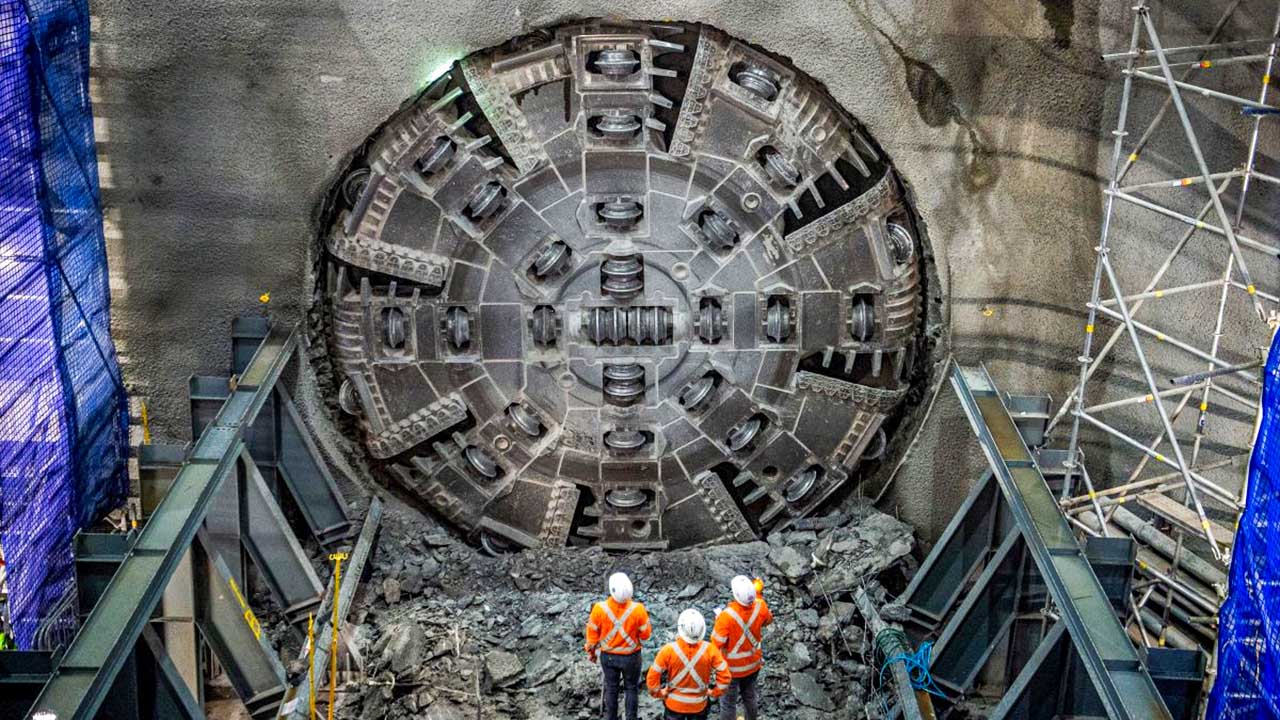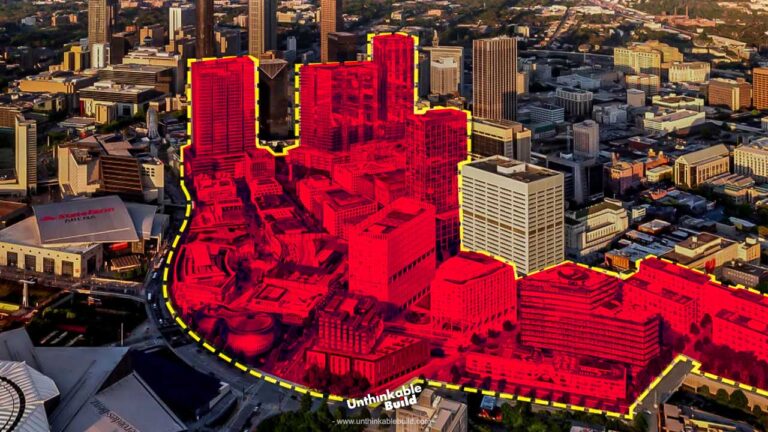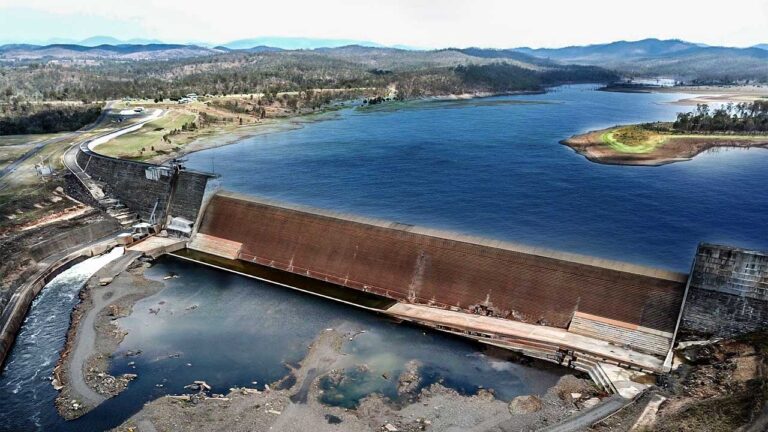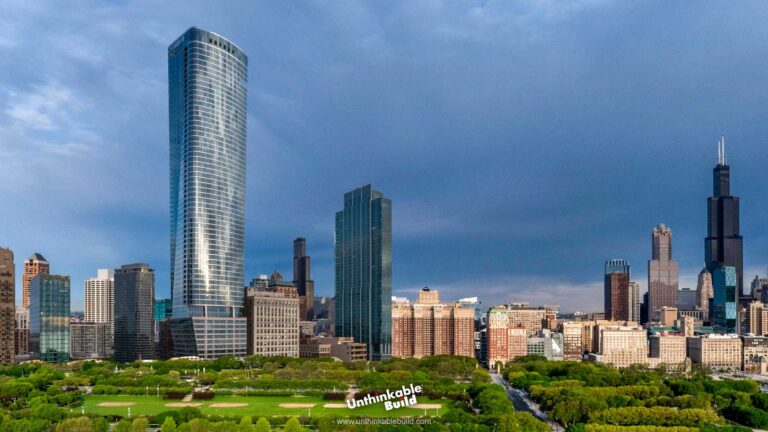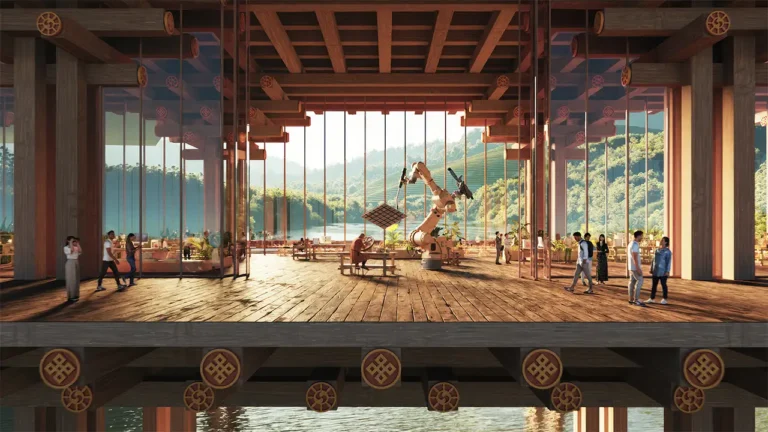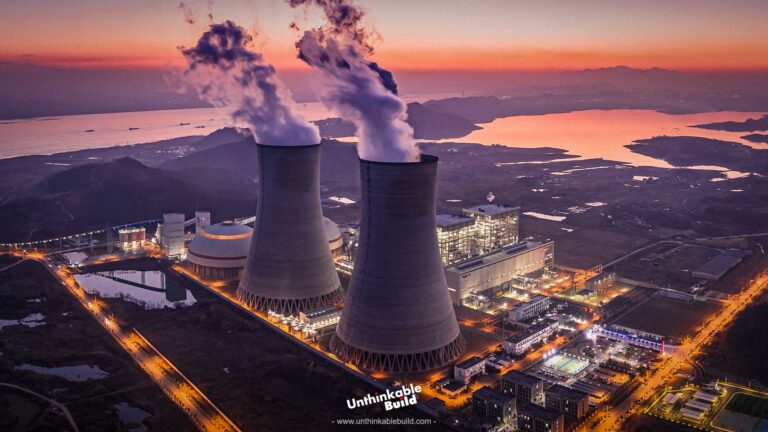Sydney Metro: Australia’s Largest Public Transport Project
Sydney, the capital of New South Wales in Australia, is a city of immense significance for several reasons. Sydney’s combination of natural beauty, historical importance, and economic significance makes it a unique global city. It seamlessly blends its British heritage with the allure of the South Seas, offering a distinctive and vibrant urban experience. Economically, Sydney is a powerhouse, serving as Australia’s major financial center. It hosts numerous regional headquarters and related producer services, establishing itself as a crucial entry point for imports, investment, tourists, and immigrants. This economic prominence underscores Sydney’s role as a vital hub in the global economy.
This contributes to the challenges Sydney faces, but efforts are ongoing to improve efficiency. A significant issue is traffic congestion, which impacts the overall efficiency of public transport. Despite initiatives to reduce car usage, there has only been a modest decrease of about 5 to 6 percent in car numbers during school breaks.
While there are ongoing efforts to enhance the efficiency of public transport in Sydney, significant room for improvement remains. Addressing these challenges is crucial for the city’s transportation future.
Also Read: Indonesia Giant Seawall: Protecting Low-Lying Jakarta from Devastating Flooding
Sydney Metro is Australia’s largest public transport project, featuring a standalone metro railway system with 66 kilometers of track and 31 metro stations. The program currently includes the operational Metro North West Line and three major projects under construction. However, two of these projects are billions of dollars over budget and plagued by delays.
Sydney’s roots date back to 1788 when it was founded as a penal colony. Over the years, it evolved into a major trading center, reflecting its rich history as a significant port. Additionally, Sydney’s role as the site of Australia’s main international air terminal lends it a genuinely international atmosphere, while it continues to maintain its unique Australian identity.
Situated on Australia’s southeastern coast, Sydney boasts a strategic location accentuated by a magnificent harbor, rendering it a pivotal port in the South Pacific. The harbor is adorned with iconic landmarks, including the Sydney Harbour Bridge, renowned globally as one of the longest steel-arch bridges, constructed in 1932. Another notable crossing, the Sydney Harbour Tunnel, was completed in 1992, further enhancing the city’s connectivity and infrastructure.
Now, over three decades later, the Sydney Metro represents the city’s latest significant transportation initiative. The project is being executed in four distinct phases, with the first phase, Sydney Metro Northwest, already completed.
The Sydney Metro North West Line, spanning 36 kilometers with 13 stations, has been operational since its opening in 2019. It serves key areas such as Tallawong, Rouse Hill, Kellyville, and Chatswood, among others. The project involved the construction of 15 kilometers of tunnels, four kilometers of bridges, and the establishment of eight new stations along the route. Initially budgeted between $14.8 billion to $16.4 billion. The line operates with Alstom Metropolis trains manufactured in Sri City, India.
Sydney Metro is undertaking further major projects that are set to significantly transform the city’s transportation infrastructure and improve connectivity. This $64 billion megaproject is unprecedented in its scale and ambition, expanding the city’s metro network in almost every direction.
The City and South West Metro, currently progressing in stages, is set to open sections incrementally, starting with the route from Chatswood to Sydenham expected next year. However, the overall project has faced challenges, with costs escalating to about $20.5 billion, significantly exceeding its initial budget. The 13-Kilometers stretch of line involves converting 11 stations along a section of the existing Bankstown line to accommodate autonomous driverless trains. This adaptation aims to modernize the infrastructure and enhance operational efficiency.
The second component entails constructing a new 15.5-kilometre twin-tunnel rail passage under Sydney Harbour and through the city. This tunnel descends 40 metres beneath the bustling surface of Sydney Harbour before reaching the Central Business District. Carved through sandstone, it represents the most extensive rail line built beneath central Sydney since the completion of the City Circle underground railway in the 1950s.
As part of this construction effort, Australia’s largest underground railway cavern is being created at Victoria Cross Station. This cavernous space serves as a critical hub within the new network, facilitating smoother transit operations and enhancing connectivity across Sydney’s metropolitan area.
Metro West, another ambitious initiative, aims to connect Sydney Central Business District with Parramatta. Initially projected to cost between $11.5 billion and $12.5 billion, the current estimate has risen to approximately $20.11 billion. Anticipated for completion in the mid to late 2020s, Metro West seeks to drastically reduce travel times between these key city hubs to just 20 minutes, offering a substantial improvement in regional connectivity and commuter convenience.
The third phase involves linking Western Sydney Airport, with an estimated cost of $11 billion. This development is set to streamline passenger travel, offering seamless connectivity and enhancing accessibility to and from various parts of the city. Tunnel boring machines are currently underground, advancing the Metro line that will connect from St Mary’s to the new airport at Badgery’s Creek and the Western Sydney Aerotropolis. This project was initiated in 2018 following a funding agreement between the state and federal governments, aiming for completion in time for the inaugural flights at the new airport scheduled for late 2026.
Creating tunnels through varying soil conditions is one of the primary challenges. This task can be complex and time-consuming, requiring precise engineering and construction techniques to navigate different geological formations.
Once the metro expansion project is finished, it will have utilized a total of 16 tunnel boring machines. These massive machines operate deep beneath Sydney, at depths ranging from 35 to 58 meters below the city’s surface, navigating beneath existing infrastructure.
Each TBM weighs over 1,100 tonnes and stretches up to 120 meters in length. These machines work by methodically cutting through rock at a steady pace of approximately 120 meters per week, ensuring precise and efficient tunnel excavation for the metro network expansion.
Also Read: Tren Maya: Mexico’s $29 Billion controversial Railway Project
The development of metro infrastructure stimulates economic activity by creating employment opportunities both during construction and operation phases. Enhanced connectivity through metro lines also attracts businesses and investment to areas served by the new transport corridors. Metro stations often serve as catalysts for urban development and regeneration. The revitalization of areas surrounding these stations can lead to the creation of new housing, commercial spaces, and improved public amenities, revitalizing neighborhoods and enhancing urban vibrancy.
Designing metro stations, platforms, and track alignments within urban constraints presents engineering and design challenges. Safety, accessibility, and efficient passenger flow must be prioritized while integrating the metro infrastructure seamlessly into the existing urban landscape.
Environmental considerations also play a critical role in metro construction. Minimizing noise, dust, and vibration during construction activities is essential to reduce impact on surrounding communities. Protecting ecosystems and heritage sites along the metro route requires careful planning and adherence to environmental regulations.
Engaging with the community and maintaining transparent communication throughout the construction process is vital. Keeping residents informed about construction schedules, potential impacts, and addressing their concerns helps build trust and maintain public support for the project.
Budget management is another significant challenge for metro projects. They often face cost overruns due to unforeseen challenges or delays in construction. Securing funding and effectively managing budgets are critical to ensure the project stays on track and within financial constraints.
Logistical coordination of multiple contractors, materials, and equipment is essential for the timely delivery and quality control of metro construction. Efficient logistics planning helps minimize delays and ensures that construction milestones are met according to schedule.
Despite these challenges, overcoming them leads to improved urban mobility and connectivity, making metro projects integral to enhancing transportation infrastructure and quality of life in growing cities.
Enhancing infrastructure is crucial to support ongoing development efforts. Public transport initiatives not only aim to provide essential services to the public but also contribute to reducing environmental pollution and conserving fuel. We value your feedback on the video. Subscribe to our channel for updates on various ongoing mega construction projects in Australia and worldwide.

